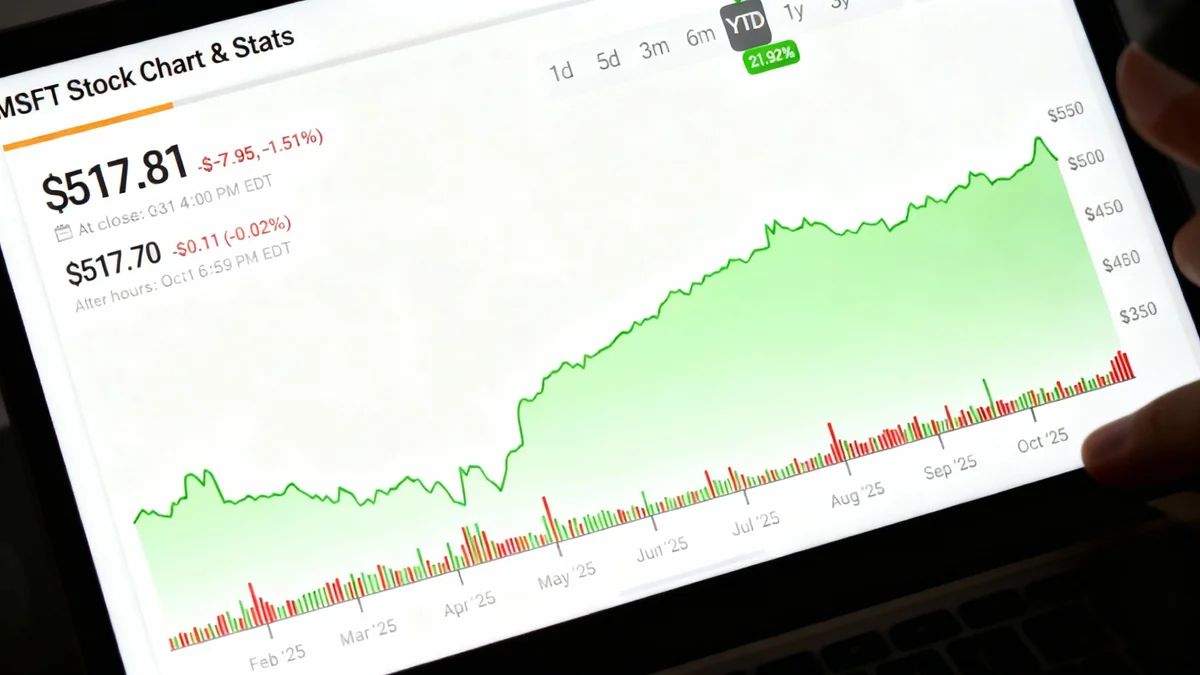Major American corporations, including Amazon and UPS, have announced significant workforce reductions in recent weeks, cutting thousands of white-collar positions. This trend is unfolding even as many of these companies report strong financial performance, signaling a shift toward a 'jobless growth' economy where profits rise without a corresponding increase in employment.
The cuts are disproportionately affecting office-based roles, creating a stagnant job market that offers fewer entry points for new graduates and limited mobility for existing employees. As companies turn to automation, the long-term stability of professional careers is coming under scrutiny.
Key Takeaways
- Major firms like Amazon, UPS, and Paramount are collectively laying off tens of thousands of employees.
- The layoffs are concentrated in white-collar, professional sectors, not just manufacturing or retail.
- This is happening during a period of 'jobless growth,' where corporate profits increase without new hiring.
- Entry-level job postings have declined, making it harder for young people to start their careers.
- Many companies attempting to replace human workers with AI have reportedly expressed regret over the decision.
A Wave of Corporate Layoffs
A string of recent announcements has sent a chill through the professional job market. Amazon is set to reduce its workforce by 14,000, while logistics giant UPS has initiated a plan to cut 14,000 jobs, with a potential total of 48,000 positions to be eliminated over time.
The trend extends across various industries. Paramount has trimmed its staff by 1,000, Target by 1,800, and Meta recently let go of approximately 600 employees from its artificial intelligence division. These are not isolated incidents but part of a broader corporate strategy to boost bottom lines ahead of earnings reports.
Unlike previous economic downturns that heavily impacted blue-collar jobs, this wave of cuts is squarely aimed at office workers—the very roles that have traditionally offered a stable path to a middle-class lifestyle.
The Paradox of a 'Jobless Growth' Economy
The current economic climate presents a confusing picture: corporate revenues are up, but hiring is down. This phenomenon, known as 'jobless growth,' creates a difficult environment for workers. The market appears to be in a state of paralysis, often described as "no hire, no fire."
In this stagnant environment, companies are not actively recruiting, and existing employees are hesitant to seek new opportunities. The result is a lack of dynamism, with fewer promotions and diminished prospects for career advancement. The primary focus for many corporations has shifted from expansion to efficiency, often at the expense of their workforce.
What is 'Jobless Growth'?
Jobless growth occurs when an economy expands—measured by metrics like GDP or corporate profits—but the level of employment does not increase or even decreases. This is often driven by productivity gains from technology, automation, or corporate restructuring that allows companies to produce more with fewer people.
The Ladder Is Pulled Up for New Workers
The consequences of this trend are particularly severe for those just starting their careers. Job postings for entry-level and early-career roles have seen a significant year-over-year decline. The traditional pathway from education into a stable professional job appears to be narrowing.
For generations, a college degree was seen as a reliable ticket to a secure future. However, new data suggests that these are precisely the roles most vulnerable to new technologies.
A recent report from the Federal Reserve Bank of Philadelphia found that jobs requiring a bachelor's degree have more than three times the exposure to AI compared to those that do not.
This reality challenges the long-held belief in upward mobility. With fewer entry points and a lower ceiling for growth, the prospect of building a career is becoming more daunting for the next generation of workers.
AI's Troubled Role in the Modern Workforce
Many corporate leaders are looking toward artificial intelligence as a solution to fill the gaps left by a smaller workforce. The expectation in the C-suite is that automation can handle tasks previously performed by human employees, leading to greater efficiency and cost savings.
However, the current capabilities of AI may not align with these expectations. A study by the Center for AI Safety revealed a significant performance gap.
"AI agents were only able to complete about 3% of the work assigned to them that humans can do reliably," the study noted, highlighting the technology's current limitations in handling complex professional tasks.
This disconnect between hype and reality is causing problems for companies that moved too quickly. A report published by the research and advisory firm Forrester found that more than half of all employers who cut workers to replace them with AI later regretted the decision. Many found that the technology was not yet capable of delivering the promised results without significant human oversight.
Despite these setbacks, the drive toward automation continues. The same Forrester report predicted a sobering outcome: companies that were disappointed by AI would likely bring back human labor, but at lower wages or by outsourcing the roles to workers overseas. This suggests that even when automation fails, the downward pressure on wages and job security for domestic workers may persist.





